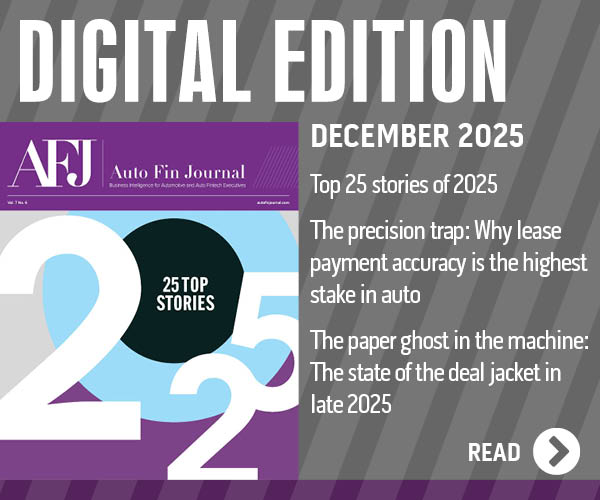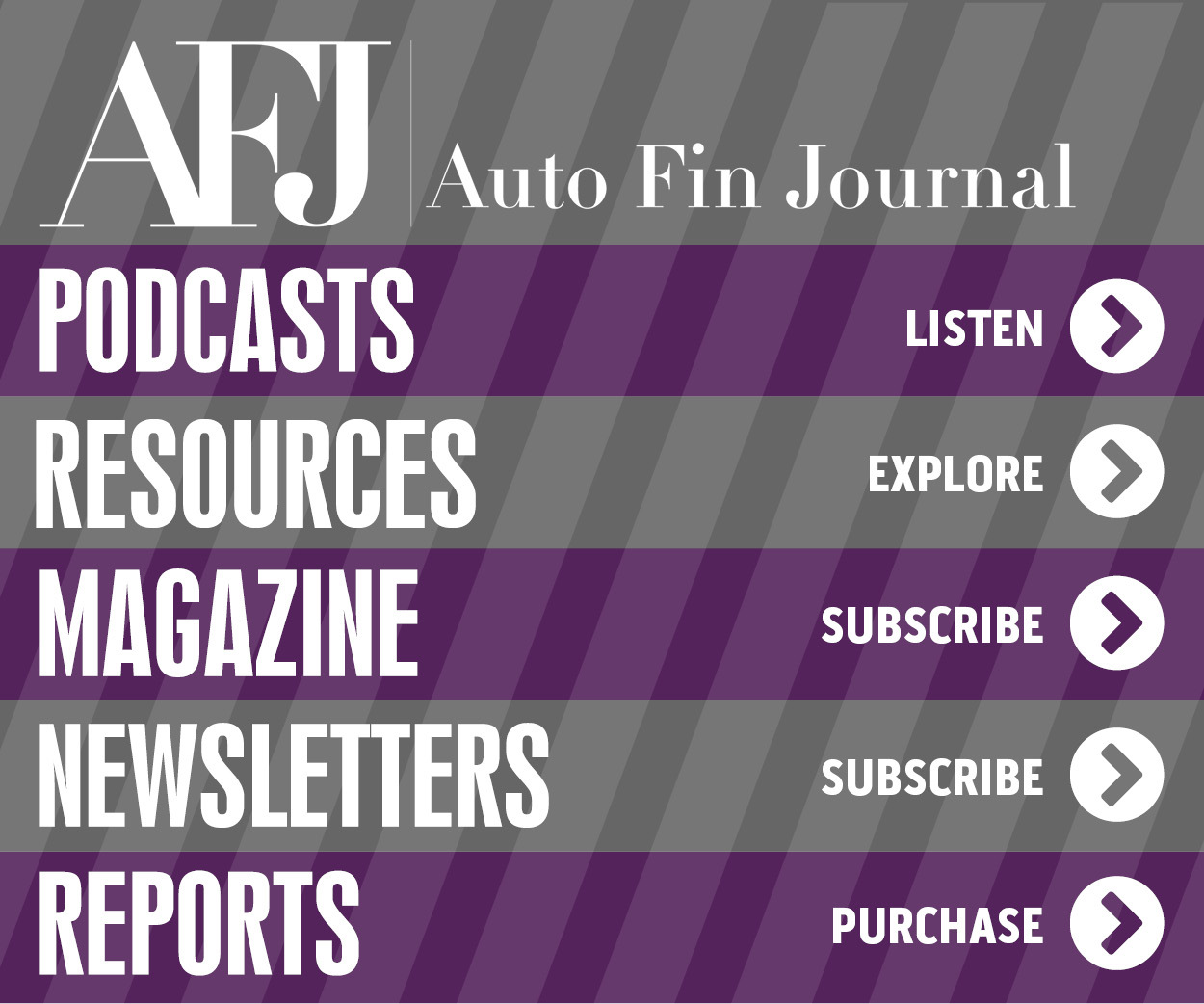CalAmp rolls out Device-as-a-Service business model

By subscribing, you agree to receive communications from Auto Remarketing and our partners in accordance with our Privacy Policy. We may share your information with select partners and sponsors who may contact you about their products and services. You may unsubscribe at any time.
IRVINE, Calif. –
As the company announced its new Device-as-a-Service (DaaS) subscription business model, CalAmp chief executive officer Michael Burdiek explained the three main elements within the DaaS space that make it attractive and potentially profitable.
In additional comments sent to Auto Fin Journal augmenting this week’s news release, Burdiek pointed out the revenue opportunities stem from a simplified subscription package which includes the device and a host of services, full lifecycle device management and efficient capital management.
“The DaaS model provides a cost-effective and capital-efficient way for businesses to bring telematics innovations to market,” Burdiek said.
“Subscription-based models allow companies to better manage expenses and optimize operations by providing the option to adopt a range of microservices based on changing business needs,” he continued.
“This allows enterprises to focus on core business while leveraging CalAmp’s industry-recognized IoT and machine-to-machine communications expertise to streamline data insights and deliver best-in-class telematics services,” he went on to say.
At CalAmp, the company highlighted its DaaS business model can reduce the complexity of telematics deployments by offering a subscription-based service, including a telematics device bundled with access to a broad portfolio of connected car micro-services, such as CrashBoxx crash response and driver behavior services.
Subscribe to Auto Remarketing to stay informed and stay ahead.
By subscribing, you agree to receive communications from Auto Remarketing and our partners in accordance with our Privacy Policy. We may share your information with select partners and sponsors who may contact you about their products and services. You may unsubscribe at any time.
The subscription model also can enable business customers to leverage more of CalAmp’s research and development investments and full portfolio of telematics services to lower their business costs and drive new revenue streams from subscription services.
The global DaaS market is expected to grow by approximately $8 billion by 2023, according to Market Research Future. CalAmp contends the growing momentum is a result of increased demand for subscription-based services that provide flexible business terms while enabling enterprise customers to bring innovative telematics solutions to market.
Burdiek added that the complexities of delivering an end-to-end telematics solution is often underestimated, leading to operational and customer service issues. A subscription service model can allow enterprises to focus on their core business while leveraging CalAmp’s industry-recognized machine-to-machine communications expertise to streamline the flow of data insights and deliver best-in-class telematics services.
“The Device-as-a-Service model provides a cost-effective and capital efficient path for our business customers to more easily bring our telematics innovations to market,” Burdiek said in a news release
“Subscription-based models allow companies to better manage expenses and optimize operations by providing the option to adopt a range of micro-services based on business needs,” he reiterated.
“We anticipate the increased level of flexibility and seamless digitalization will help us build stronger partnerships and result in greater customer loyalty while driving recurring revenue.”
The new subscription model also can allow enterprises to increase telematics security, ensure vehicle device compatibility and capture valuable data insights that improve customer service, while expanding client access to CalAmp’s CrashBoxx instant crash alert services, driver safety and other connected car micro-services.
Burdiek closed his comments to Auto Fin Journal by emphasizing how CalAmp’s past experience and technology in the auto space help the company to roll out this newest product?
“CalAmp heritage in the telematics space has enabled us to have a deep understanding of our customers pain points of deploying and maintaining telematics solutions,” he said. “With DaaS, business customers will be able to leverage more of CalAmp’s research and development investments and full portfolio of telematics services to lower their business costs and drive new revenue streams from subscription services.”


